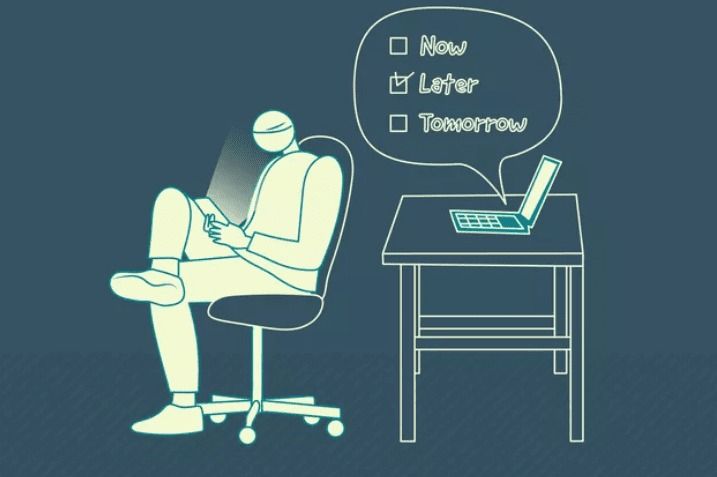Have you ever found yourself scrolling and staring at your phone, hours ticking away, and end up not accomplishing your goals? If so, you’re not alone. In this digital age, distractions are everywhere. From endless social media feeds to constant notifications, it’s no wonder many of us struggle to stay focused and productive.
One of the allures of technology appears in its ability to provide instant connection, especially through social media. With a simple interaction, users can have access to a variety of contents tailored to their interests or preferences and connect to their social circle. Consequently, it often leads individuals into a cycle of procrastination, as the endless stream of contents distract them from more productive tasks.
Senior Sasa Otsuka identified social media as the most distracting factor of technology, stating, “Social media is the biggest distraction, making me procrastinate on things like homework. I often get distracted and get addicted to it. The addiction is so hard that I forget about the time and use it for hours.”
The constant notifications from our phones along with the urge to stay updated can also be a major distraction. Every pop-up or vibration can divert our attention from the task at hand, making it difficult to stay focused.
Junior Aiyana Shippentower said, “I find myself procrastinating due to digital distractions all the time. I always check my phone, especially when a notification goes off.”
The desire to stay connected and informed can become a habit, creating a psychological need for constant updates. The urge to stay updated with the latest news, social media posts, or messages can create a constant sense of urgency, making it even harder to resist the temptation to check our devices.
“[I check my phone] probably once an hour. When I’m not in class, I’ll go check it right away to see my notifications,” said Shippentower.
While there are numerous strategies recommended to overcome technology-induced procrastination, putting them into practice can be a significant challenge. With the temptation these conveniences provide, it is difficult to actually not get distracted.
Junior Jilliane Perez said, “Sometimes I put my phone on dnd (do not disturb) and put it behind me so it’s not in my eye sight but sometimes it gets really bad and I find myself keep grabbing my phone.”
Not only our phones, but also our work devices, laptops and computers, can be a source of distraction themselves.
“One time I tried to put my phone in a different room but that doesn’t really help because you can still look at other things on your iPad like you can just go on Instagram via Safari,” said Shippentower.
Self-discipline is crucial when it comes to resisting the distractions of technology. It’s important to be patient and determined to follow the strategies you develop to break free from the digital drag and reclaim your productivity. Try to be consistent and strict with yourself when following the rules and boundaries you set.
“I do have limits on my apps that I set to make myself accountable. Sometimes I don’t follow them, I will admit. But for the most part I try to follow them and that keeps me aware of how much time I’m spending on my phone,” said Perez.
While technology offers connectivity and access to information, its addictive factor can hinder productivity. However, there are always ways to prevent it from being a source of distraction and use it to our advantage. By understanding its impact and cultivating balance in digital interaction, users can minimize the drawbacks and ensure a healthier relationship with digital devices.


